Trekking in Myanmar
Written on March 12th, 2015 by David Valdman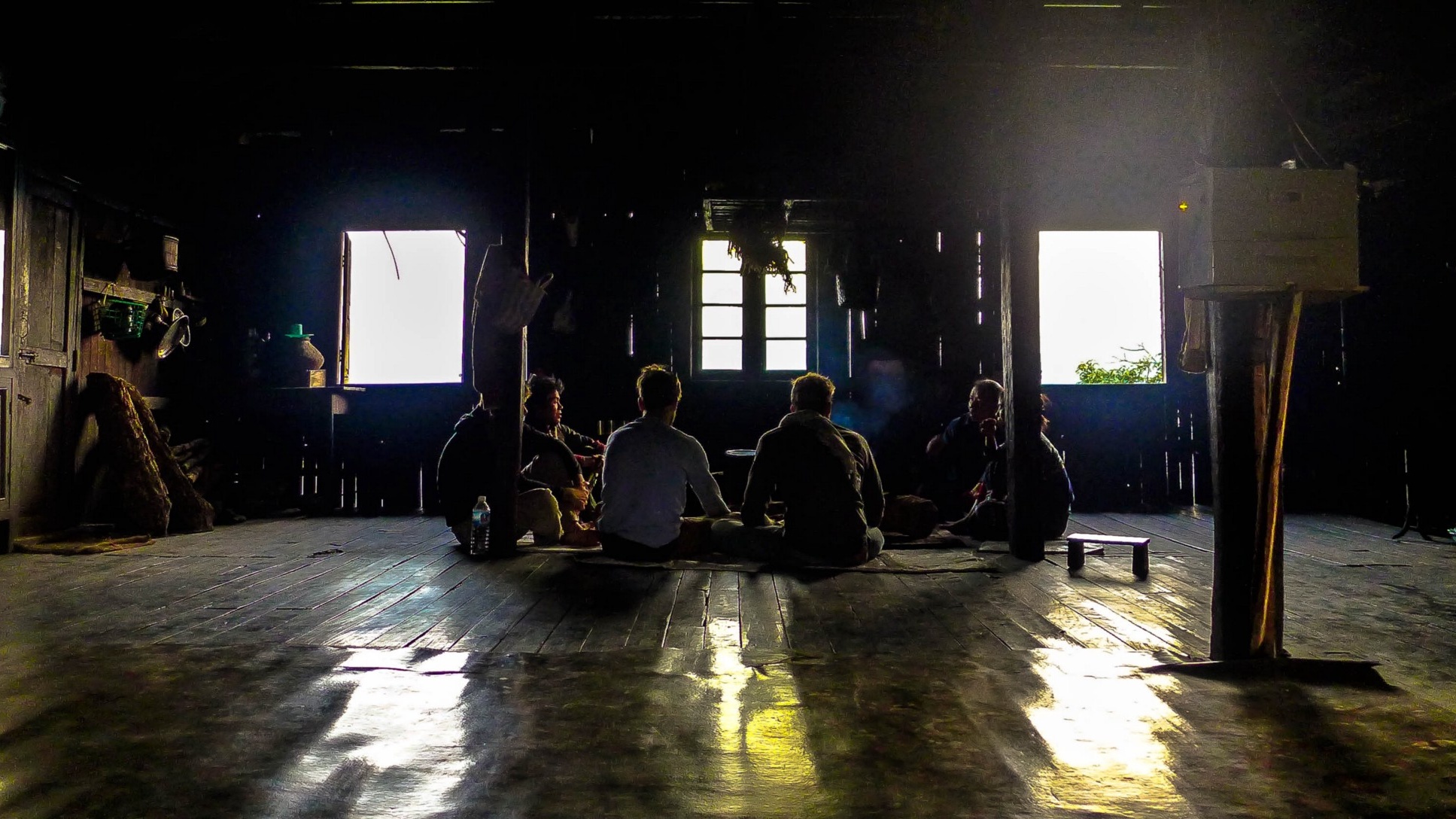
I did a three day trek in the Shan hill tribes of Myanmar and it has been one of most different and authentic experiences of my life. I find myself processing it still.
 Left to right: Thura, Francis, Matt, Me, Ryan.
Left to right: Thura, Francis, Matt, Me, Ryan.
We left from Kyaukme, a small town 5 hours east of Mandalay. Its only listed guesthouse has notoriously poor reviews, but when my friend Ryan and I arrived we stumbled upon a recently opened one. That’s where we met Matt and Francis who were leaving that morning for a trek. Their guide, Thura, was coming by to discuss the details. On a whim, we decided to extend our motorbike rentals and tag along.
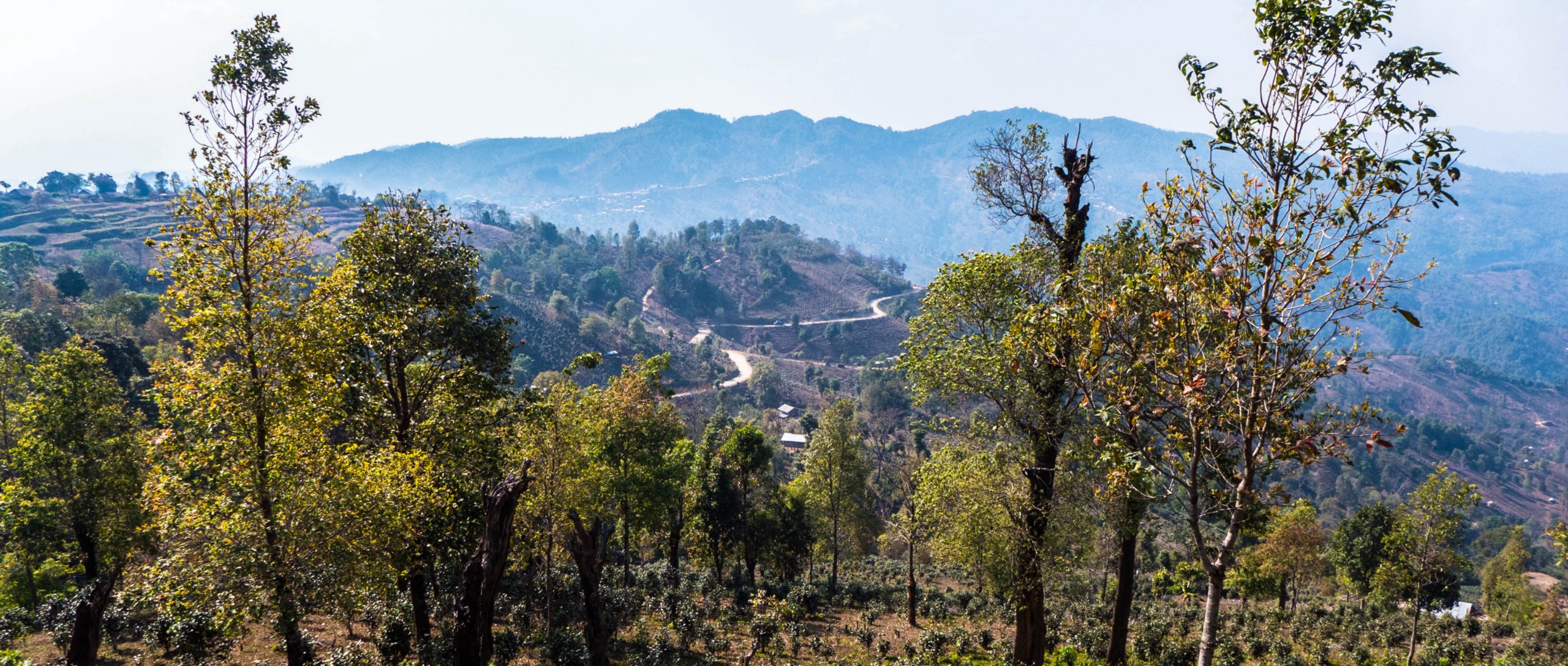 The journey. Tea plants sprinkle the hills.
The journey. Tea plants sprinkle the hills.
Myanmar has 135 different ethnic minorities, each with separate languages and traditions. The Shan migrated from China in the 10th-13th centuries and took refuge from the Mongols in the isolated hills of Burma. We would reach them by motorbiking some pretty terrible roads. Some being constructed by hand from large chunks of loose gravel for the Chinese trucks that had found coal in the region. As we made out ascent, monks showered us with water from a bush — a blessing.
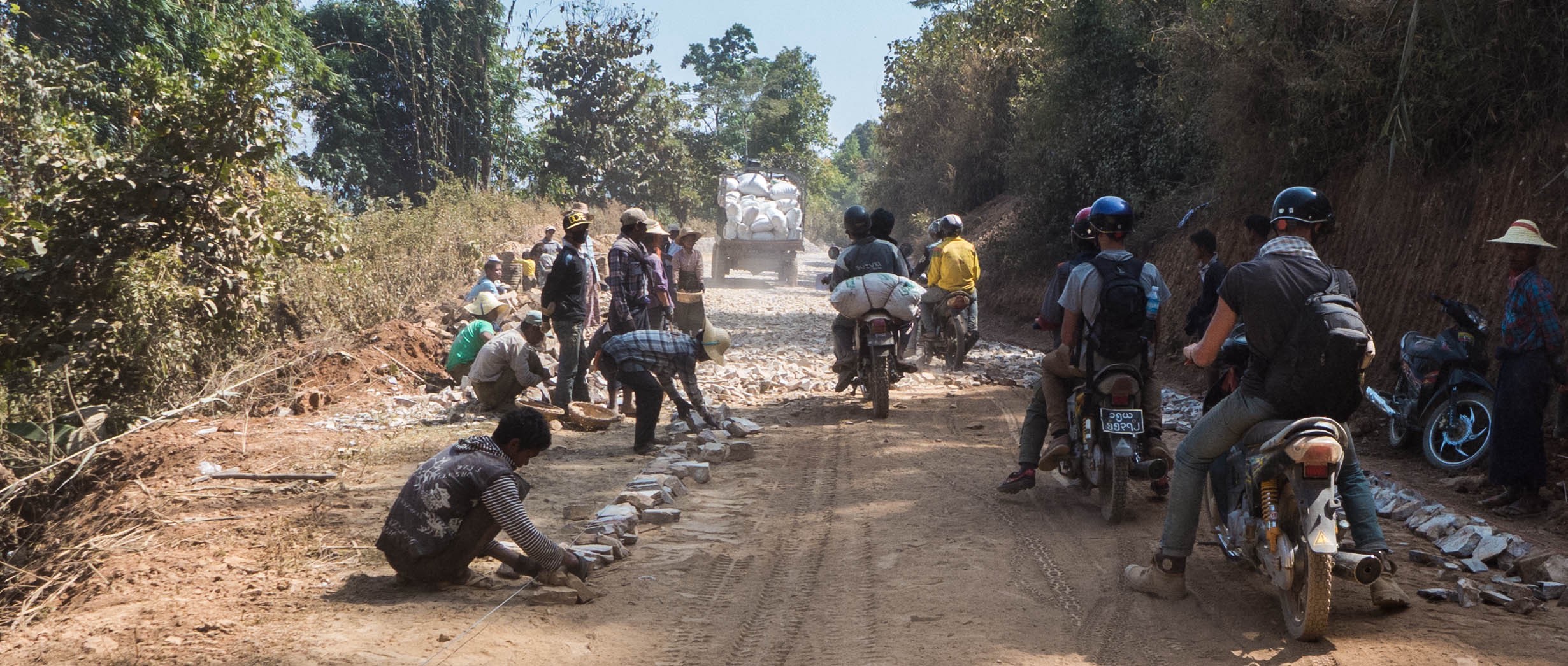 Making the roads by hand with large loose gravel waiting to be tarred. Everyone has a job in Myanmar.
Making the roads by hand with large loose gravel waiting to be tarred. Everyone has a job in Myanmar.
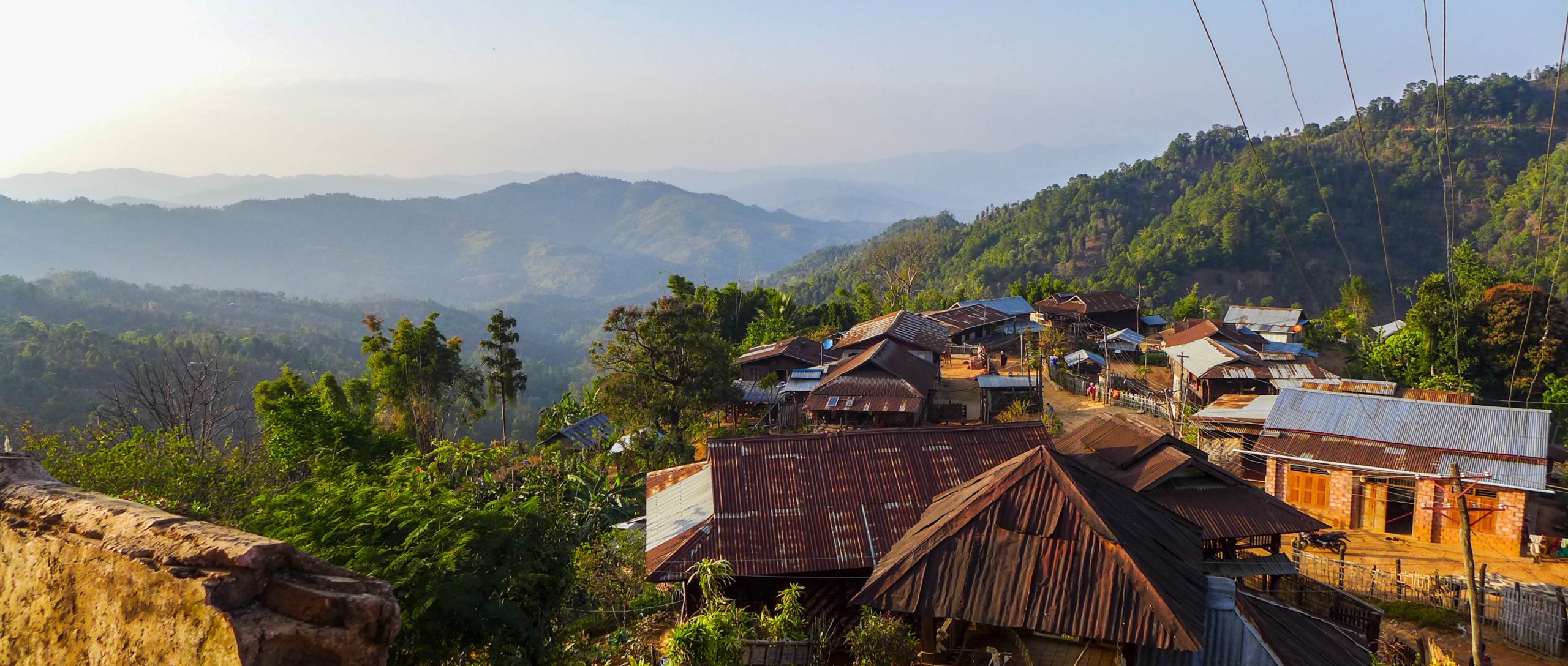 Shan hill tribe. Power lines on the lower right.
Shan hill tribe. Power lines on the lower right.
These villages are almost completely autonomous. They sell the tea they grow, and their only import is rice as they do not produce enough. Otherwise, they mill their own lumber, loom their own clothes, grow their own food, construct their own septic systems, and use solar to power the little electricity they use. One of the villages near a river made its own hydroelectricity and ran a power grid servicing about 100 homes. The quality of the construction is better than in the cities. I saw no power tools; everything is sawed by hand.
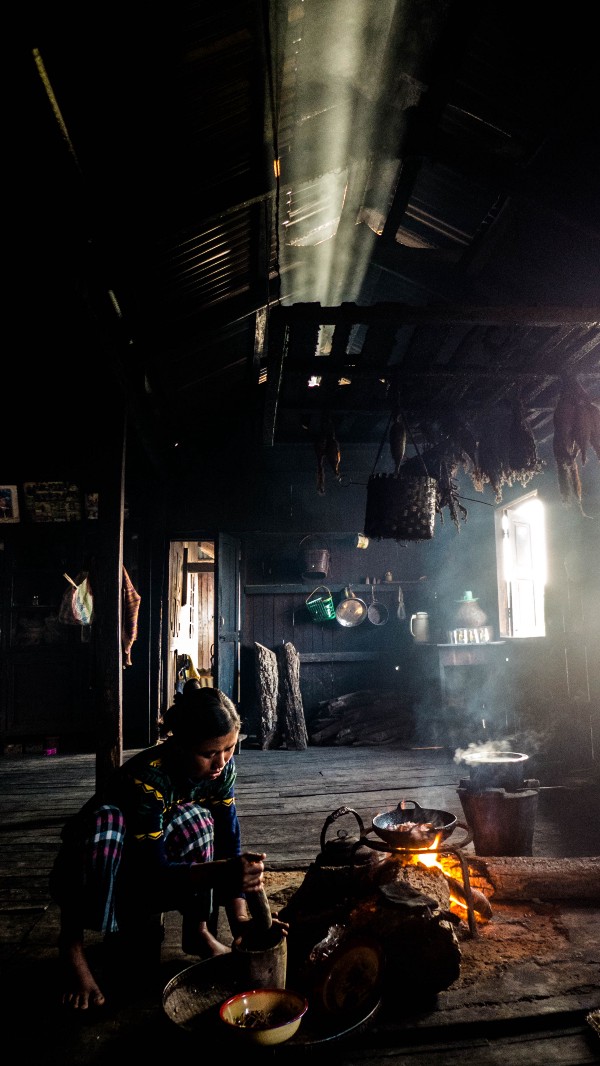
There is no way to announce your arrival; they have no phones. You just show up. We arrive as the sun is setting and are greeted by a family that Thura knows. We are to sleep in their living room. They start cooking for us, and by 8:30 a feast is ready. There is a wood stove in the middle of the living room. Two large logs with kindling beneath, sitting on a clay square built into the floor. The stove is always occupied by at least an iron kettle for tea. One dish cooks at a time. The long bean was dried in the sun, the tea leaves were fermented in their yard, the spices ground by mortar and pestle. It’s very, very tasty.
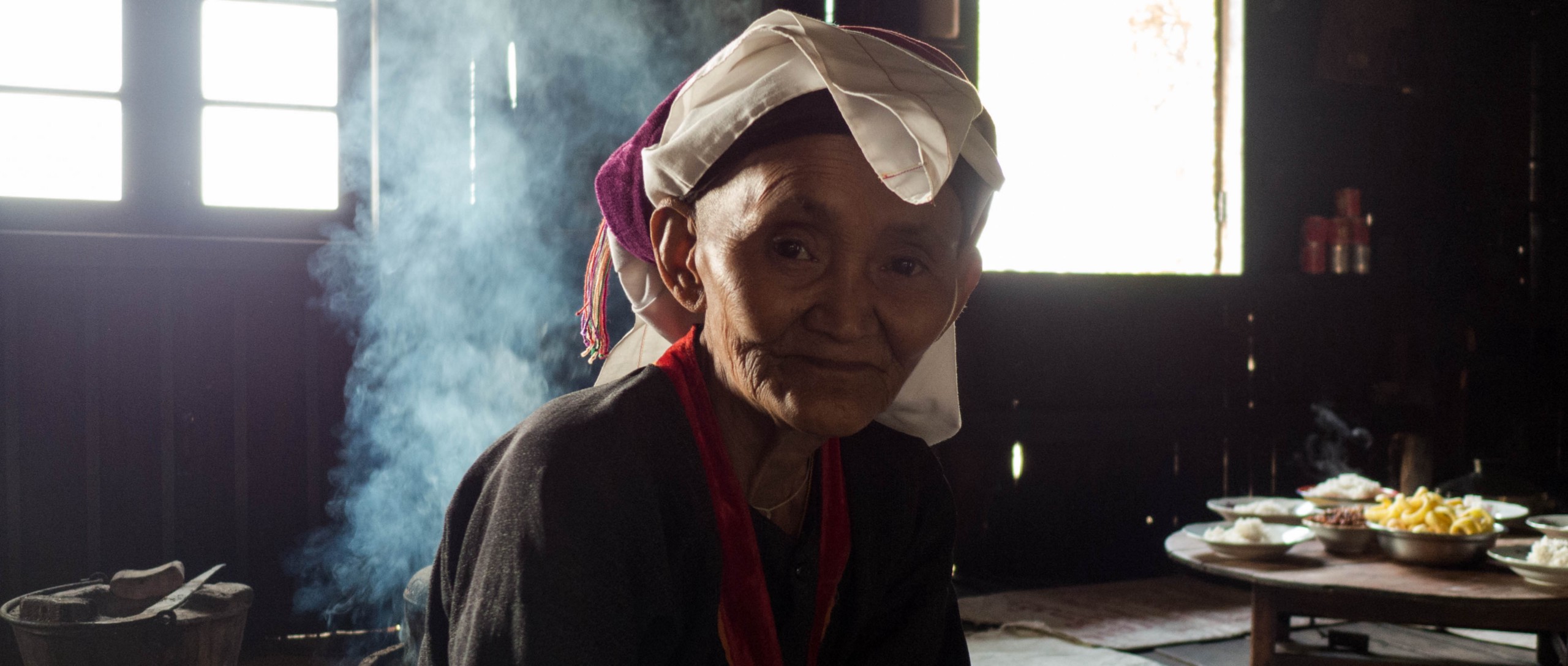 Shan villager with traditional headress
Shan villager with traditional headress
 A Nepalese woman
A Nepalese woman
Many Nepalese came to Myanmar during the British occupation.Wherever we trekked, we stopped in strangers homes for tea and a reprieve from the sun. We were always welcomed. Villagers would gather in the windows as we walked. We would say “May-sin-ka” (Shan for “hello”) and they would grin and look at you with a certain curiosity. Burmese is not spoken. I taught a 7 year old girl how to use my camera, and she took about 100 blurry photos, each one more amazing to her than the last. They all try to swipe the screen.
 Organizing the firewood before the horses arrive with more
Organizing the firewood before the horses arrive with more
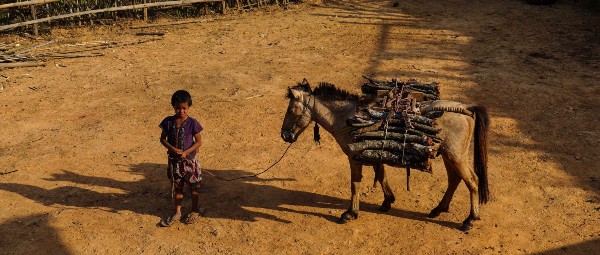
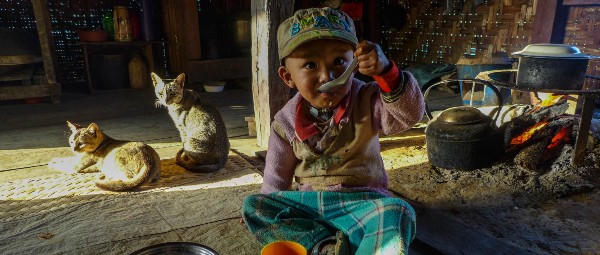
It’s hard to explain what was special about the experience. There was no particular destination: no pagoda, no waterfall, no ruin. The destination was the journey — the backdrop of rolling hills, the bamboo floors giving way at your feet, the cow bells clanging like wind chimes at night.
There were no distractions to keep you from noticing the small things.
 Doing dishes the way God intended
Doing dishes the way God intended
Sipping tea with a man about my father’s age and seeing his two children run around, I thought what a completely different life he must have lived. In my apartment, I would stress about buying a coffee table that goes with the TV stand. What color should it be? What material should it be made of? In the hill tribe the answer would always be brown and wood, but really the answer is they don’t have TV stands.
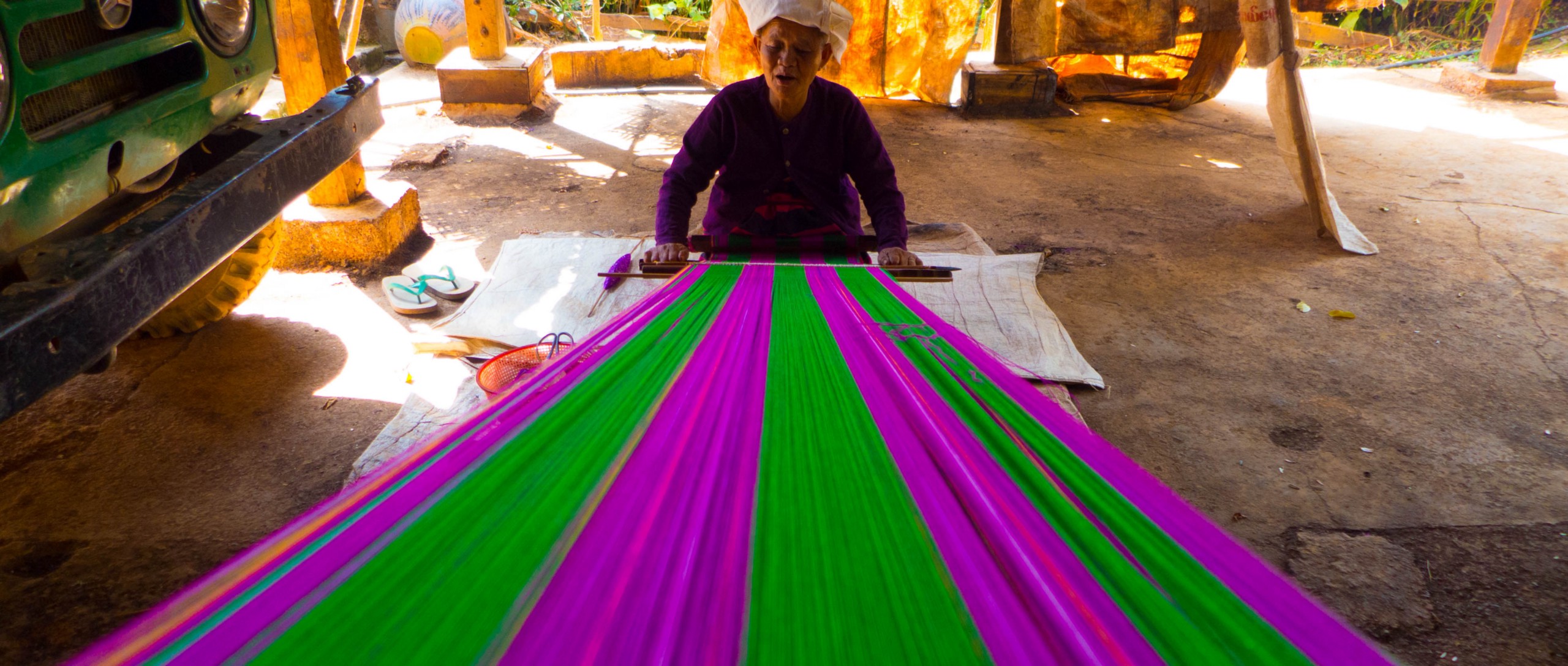 Making a Longyi, traditional long skirt worn by men and women
Making a Longyi, traditional long skirt worn by men and women
I’ve fantasized about living off the grid. I thought it was something first-world citizens fancy as an act of rebellion. I didn’t know people have been doing it in the hills of Asia for a thousand years. There was nothing counter-culture about it. They were small communities who have honed the craft of self-sufficiency over the centuries, and were quite successful at it. Whether it’s their small size, their abandonment of technology, their strong sense of community, their long-standing traditions, or something else, I’m not sure.
 A small farm with goats and pigs at the peak of a hill
A small farm with goats and pigs at the peak of a hill
I believed modern civilization was a strict improvement over an agrarian society. Something to save us from a difficult life of tireless labor. That technology and specialization allow us to save time, enjoy life more, and enhance our shared experience. I no longer think that. I don’t think we should all quit our day jobs and become farmers, either. I’m only convinced that the tradeoffs are not black and white.
Whether that state that is proudly, perhaps erroneously, called civilization, has most promoted or most injured the general happiness of man, is a question that may be strongly contested. Thomas Paine
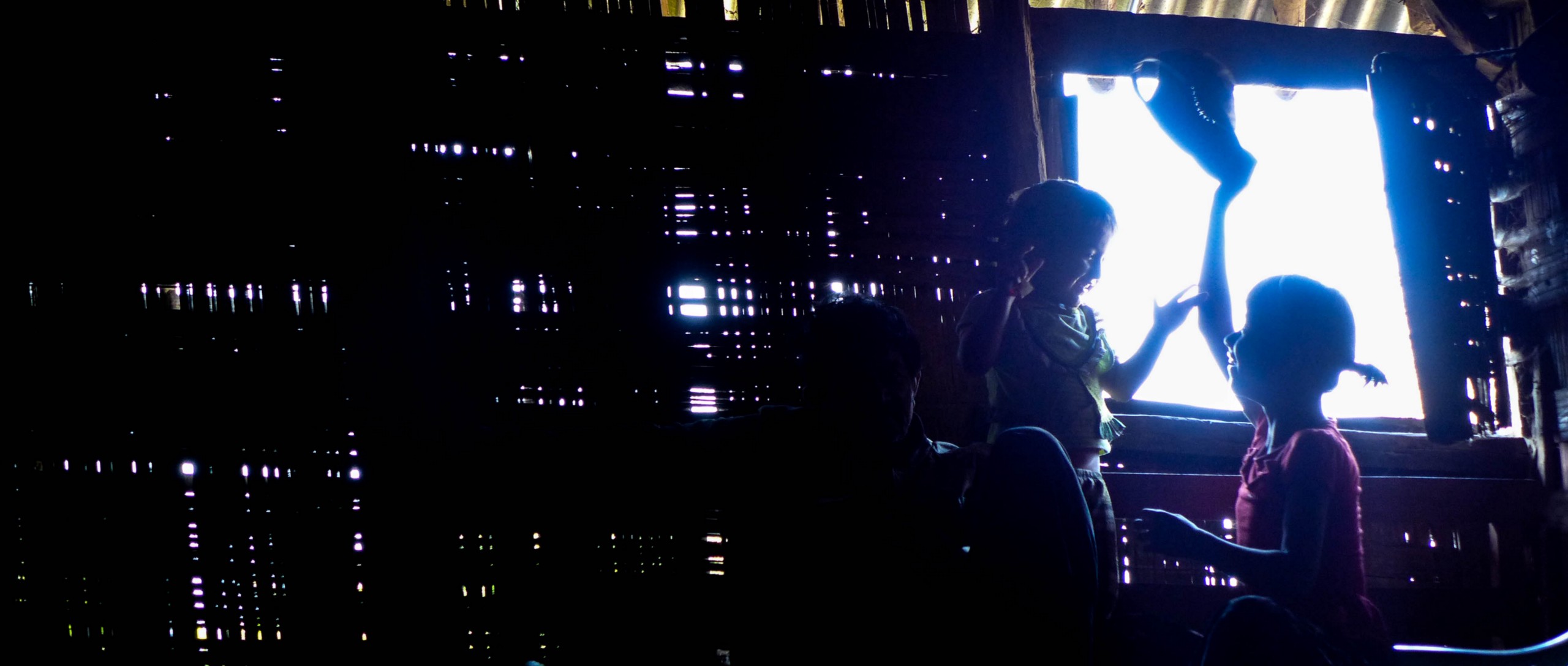
Maybe the strangest thing was watching the Chinese trucks climbing the unpaved roads to extract coal from a land sprinkled with homes that see it as nothing more than a barren rock.
